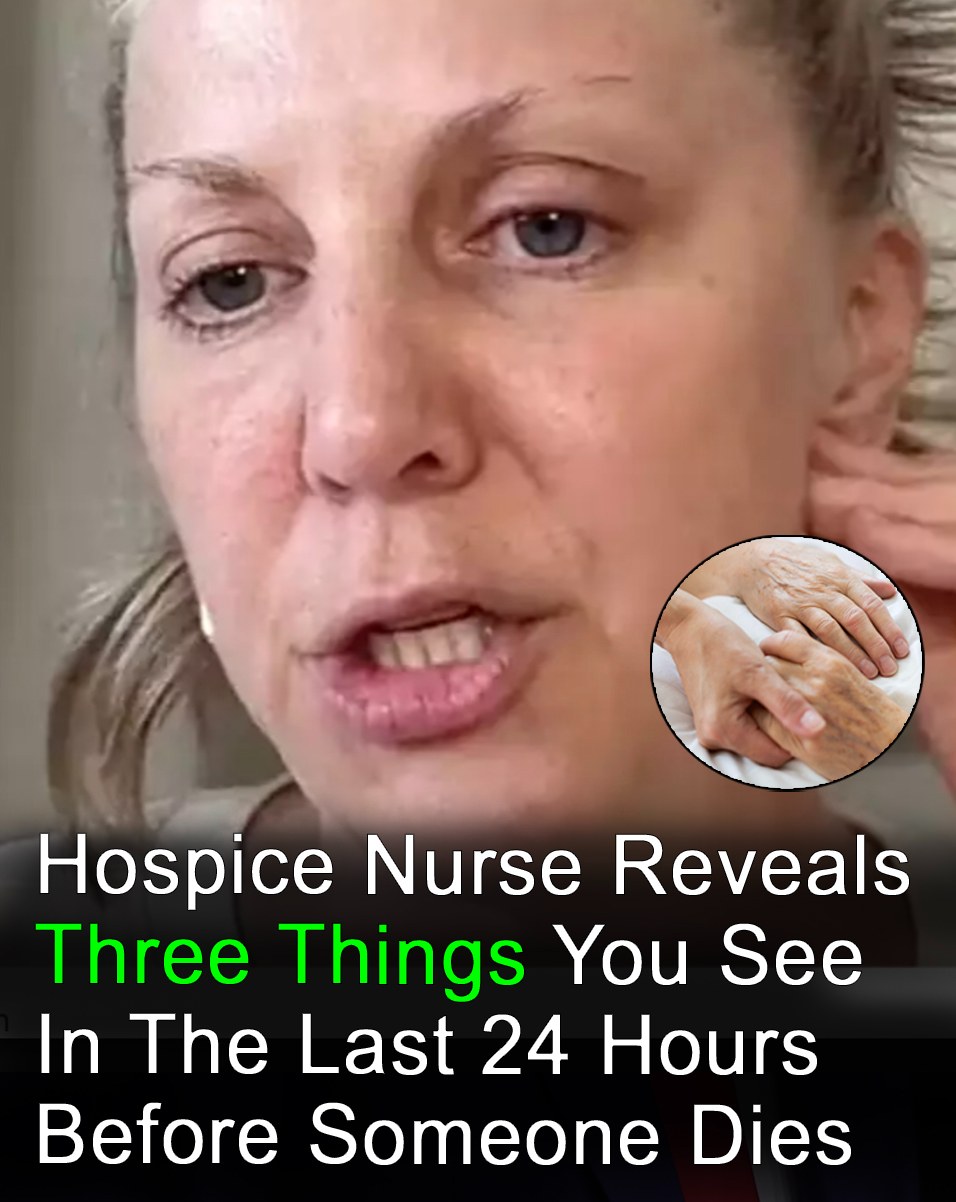A hospice nurse from California has revealed what she believes are the three most common signs that someone is within 24 hours of passing away — and she says they are often far less frightening than most people expect.
Julie McFadden, widely known online as Nurse Julie, has spent 16 years working in palliative care. Over that time, she has gained an audience of more than 1.7 million followers on TikTok by explaining what really happens in a person’s final moments. She has also written a book, Nothing to Fear: Demystifying Death to Live More Fully, which aims to reduce the fear of dying and encourage open, honest conversations about the end of life.
In a recent interview on the Dr. Karan Explores podcast, McFadden described how some patients seem to possess an unusual awareness — and even a certain control — over the timing of their death. She recalled examples of patients telling her they would “go” after a special event such as a wedding or birthday, and then doing exactly that. In one memorable case, a patient who had shown no active signs of dying calmly announced, “I’m dying tonight,” and passed away just hours later.
When death is truly close, McFadden says she most often notices three specific signs.
The first is known as the death rattle. This sound occurs when a person can no longer swallow or cough effectively, causing saliva and mucus to accumulate in the throat and airways. As air passes through, it creates a rattling or gurgling noise. While this sound can be distressing for loved ones to hear, McFadden stresses that it is not painful for the patient — it is simply a natural part of the body’s shutting down process.
The second sign is a change in breathing patterns. Breathing may slow, become irregular, or include long pauses. In the very last hours, some people experience agonal breathing — short, gasping breaths that occur as the brain receives less oxygen. Though this can appear alarming, McFadden explains that the person is not in distress; it is a reflexive action, not a sign of suffering.
The third sign is what McFadden calls the death stare. The dying person may lie with eyes and mouth open, unresponsive, their gaze fixed and unfocused. Although this can be unsettling for family members, McFadden says it is often a peaceful state. She notes that hearing is usually the last sense to fade, so even at this stage, the sound of a familiar, loving voice can still bring comfort.
McFadden emphasizes that not everyone will display these signs — some deaths are sudden, while others happen gradually. But for families who are present, understanding these physical changes can offer a sense of calm during what is often a deeply overwhelming moment.
“When you know what to expect,” she says, “it doesn’t have to be as frightening. It can actually become a time for connection, comfort, and peace.”
